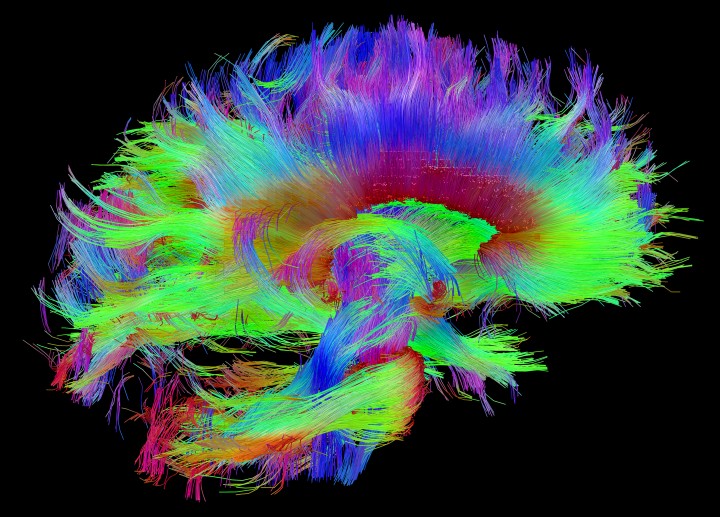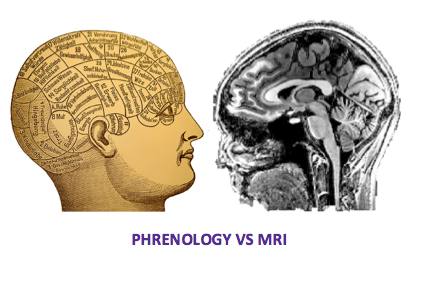 Mapping the brain essentially means defining and describing all neurons and their connections in the brain. This has sometimes been called the “connectome”. Even mapping one cubic millimeter of a mouse brain took years and generated a lot of data. Though we've made great strides in better understanding the brain, current technology is insufficient for such detailed mapping in humans. However, there are a number of large scale initiatives for understanding the brain and integrating neuroscience research. The Brain Research through Advancing Innovative Neurotechnologies (BRAIN) launched by President Obama in the US aims to develop technologies which would help neuroscientists understand brain activity and neural circuitry and ultimately intervene in brain disorders. The Human Connectome Project (photo above) in the US uses the brain-scanning technique called magnetic resonance imaging (MRI), as well as other non-invasive techniques, to understand the connectome at a large scale, rather than individual neurons. The Human Brain Project launched by Henry Markram is trying to reverse engineer the brain and computationally simulate it. A BIT OF NEUROSCIENCE HISTORY... In the early days of psychology, Franz Joseph Gall developed a theory called phrenology, which stated that personality could be determined by measuring the size of bumps on the skull. While it is true that the brain can change in size and shape as we learn and experience new things, it won’t show on the outside of the skull!
1 Comment
|
Archives
June 2022
|

 RSS Feed
RSS Feed